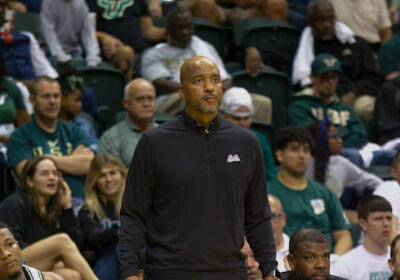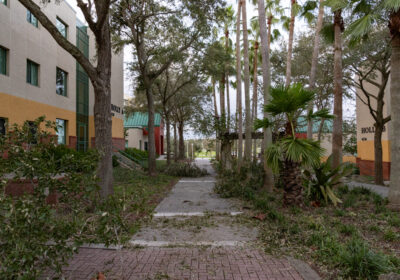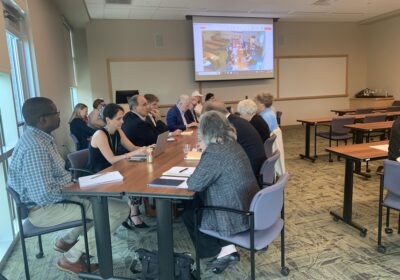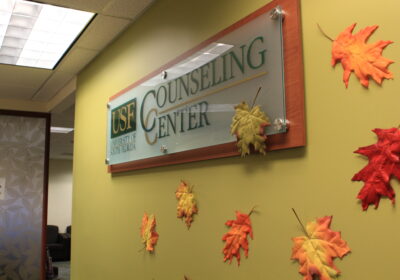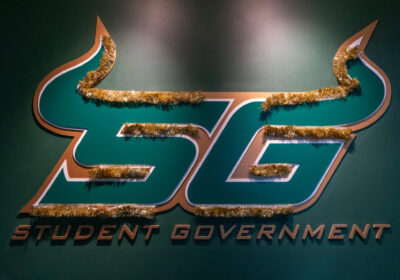BOT finance committee approves recreation fields relocation plans, capital improvement plan summary
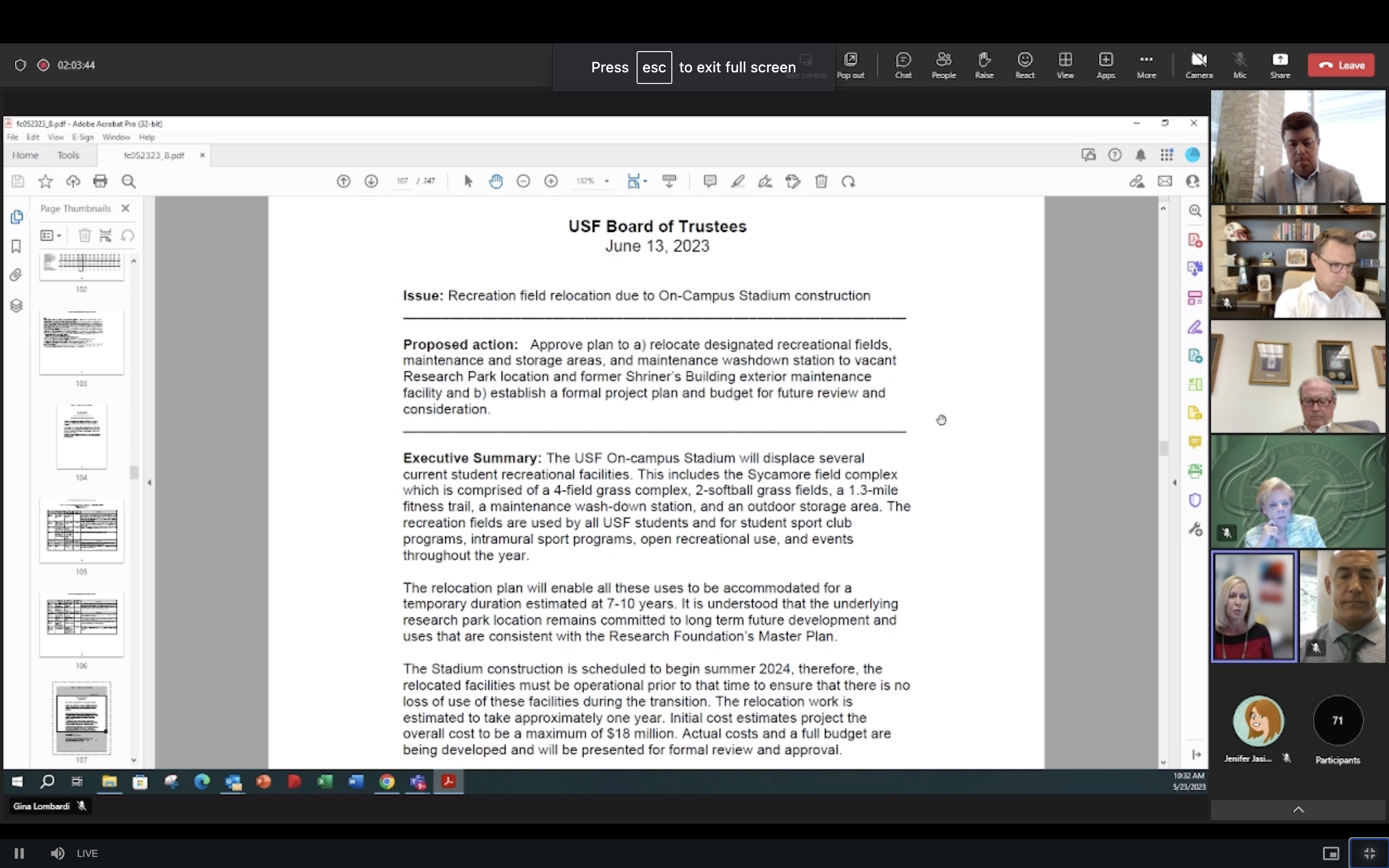
In a virtual Tuesday morning meeting, the Board of Trustees (BOT) finance committee voted to approve a recreation field relocation plan and a five-year capital improvement plan summary to be sent to the Board of Governors for approval.
Due to the construction of the new on-campus stadium, various currently-operational student recreational facilities will be displaced. This includes the Sycamore and softball fields, a 1.2 mile fitness trail, outdoor maintenance facility and a washdown station.
As part of the plan approved by the committee, these displaced fields and areas will be relocated to the USF Research Park – which is currently vacant — the Shriners Annex Building and Lots 36A and 39A, according to Vice President for Facilities and Public Safety Operations Carole Post.
Because the stadium construction will reduce Recreation and Wellness’ on-campus acreage, Director of Campus Recreation Jay Souza said this is an opportunity for the “relocation and enhancement of Recreation & Wellness’ outdoor field spaces.”
The plan is a temporary solution, however, which is expected to last around 7-10 years, according to the committee’s agenda. Post said that this plan is “inconsistent with the long term plan for that land” which is designated for research purposes.
Plans for the recreational facilities that will occur after the 7-10 years were not specified at the time of publication.
Under the proposed relocation project, there would be four recreational fields – complete with a perimeter fence, aluminum bleachers, scoreboards and field lighting from Musco — a company which specializes in LED lighting – as well as two softball fields with the same amenities, an outdoor storage area, a bathroom building and parking. The USF Research Park would also see the addition of fitness trail loops, a gravel and a grass parking lot and the maintenance of a helicopter landing zone, according to the committee’s agenda.
There would also be interior renovation at the Shriners Annex and Lots 36A and 39A for a proposed maintenance facility. For this project, roof replacement, fuel tank relocation and perimeter fencing would also be needed.
Chief operating officer and corporate secretary at the USF Research Foundation Allison Madden said these renovations are also expected to be of use and value to the Research Park once the land is returned back to them.
Financing for the project is still to be determined as the university is currently working to find sources for funding, according to Chief Financial Officer Richard Sobieray. The estimate for the total of the project is currently estimated at $18 million.
Construction is expected to begin this summer and will be completed by the groundbreaking of the stadium project – which is currently projected to occur in October this year, according to a May 17 Oracle article.
Though the committee voted to approve the motion, a “finalized and formalized plan” – including funding sources – for the project will be presented to the BOT at a later unspecified time, according to Post.
In its meeting, the committee also approved an issuance of debt of $200 million by the USF Financing Corporation for the construction of the on-campus stadium.
The unanimously-approved initiative will allow the university to borrow the funds over 20 years with a taxable interest rate of 5.5% – a debt which will be serviced through revenue created by the stadium.
USF plans to cover $140 million of the total cost of $340 million through donations, the capital improvement trust fund and sale of broadband equipment and licenses. Remaining costs will be addressed with the $200 million loan.
Construction on the stadium is expected to finish in time for fall 2026, according to the Oracle article.
The committee also approved a five-year capital improvement plan (CIP) for 2024-2029 summary to be submitted to the Board of Governors (BOG) by July 1. A CIP is used by the BOG as a way to present the additional academic support facilities needed for a five-year period for which state funds are requested, according to the committee’s agenda. This information is required from all universities in the state.
In this submission, USF set out the capital investments that they wish to pursue in the future, according to Post. This year’s submissions and priority rankings remained the same as last year. These include:
- Construction of a St. Pete Campus Environmental & Oceanographic Sciences Research & Teaching Facility with a budget of $80,343,461.
- Construction of the Sarasota-Manatee campus Academic STEM Nursing Facility with a budget of $61,770,820 – which is currently already in the design phases.
- Bio-Science Building (BSF) Remodel with a budget of $23,511,136.
- Relocating two remote data centers to the WestSide Conference Center (MHA) for an IT Academic & Research Computing Capacity Center with a budget of $18,509,235.
- ENR and Engineering Building I – Edgar W Kopp Building – (ENG) remodel & addition with a budget of $18,204,610.
- Addition of a new seven-story Translational Research Institute with a budget of $222,254,725.
- Creation of a Public Safety Complex by relocating University Police Operations to a vacated Credit Union building with a budget of $10,292,000.
Post said there were almost no changes because the university wants to maintain “a consistent list of priorities.”
There is only one new addition to the list of plans, which consists of a series of projects to ensure the infrastructure and growth of the east side of the Tampa campus, according to Post.
This includes infrastructure in support of chilled water, waste water, transportation and accessibility and safety for Category 3 storm readiness. The series of projects have a tentative budget of $26 million.

